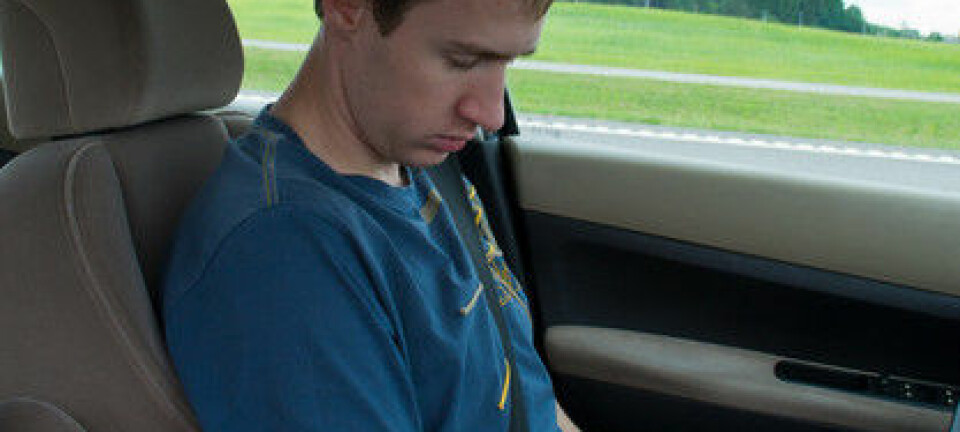
Where do we look when driving around a corner?
Using the latest eye-tracking technology and vehicle telemetry, a Finnish researcher has investigated the visual behaviour of driving a car through curves.
Most drivers know that it’s best to keep their eyes on the road when driving their car.
But exactly where on the road do we focus our gaze?
This was the subject of Otto Lappi’s doctoral thesis, which he recently defended at the University of Helsinki, Finland.
Using eye tracking technology and vehicle telemetry, Lappi has investigated how our brains use information from what our eyes see to steer a car through a curve.
These two theories have been around for some 20 years, but it has been very difficult to determine which one is correct – whether drivers orient themselves by looking at the road edge or whether they look in the direction they wish to drive. But now we have developed a new method for examining this.
Otto Lappi
“It is fascinating to study how our brain processes information from the eyes to steer a car. I hope that in the future we can use information about how our eyes read road curves to train drivers for the benefit of traffic safety,” says Lappi, who researches into cognitive science at the University of Helsinki.
Advanced technology monitors the eyes
In his research project, Lappi fitted cars with sophisticated eye-tracking equipment and sent 50 study participants out into the traffic, so he could monitor their eye movements in the real world.
“This is important because most studies of the brain’s visual functions are carried out in laboratories and simulators, and only relatively few are made in real-life environments,” he says.
Two competing theories on the understanding of road curves
He explains that there are basically two competing theories of how we direct our gaze when driving a car through a road curve.
I believe we will have to define many more reference points and strategies before we can develop a model that takes into account the full complexity of driving around a corner.
Otto Lappi
- One theory – the tangent point model – states that our eyes focus on a particular reference point on the curve, known as the tangent point. This means that if we for instance have a right turn in front of us, we focus our gaze on the far left point of the road edge.
- According to the other theory – the future path model – we do not focus our gaze on a single point, but rather on the route ahead of us, i.e. the direction we wish to drive.
”These two theories have been around for some 20 years, but it has been very difficult to determine which one is correct – whether drivers orient themselves by looking at the road edge or whether they look in the direction they wish to drive. But now we have developed a new method for examining this.”
The tangent point model is too simple
Lappi explains that up to now the most popular model among researchers has been the tangent point model:
“But our results suggest that the tangent point model is far too simple and that it does not give a correct description of our driving behaviour. I am not claiming that the tangent point model is entirely wrong, but our data shows that the future route also serves as a reference point for drivers,” he says.
“In the real world there are many more ways of orienting oneself than what these two theories describe. I believe we will have to define many more reference points and strategies before we can develop a model that takes into account the full complexity of driving around a corner.”
Studying racing drivers would be ideal
The researcher hopes that one day he will get the chance to study professional racing drivers to see whether there is a difference in how professional and regular drivers orient themselves while cornering.
”We would like to see a more complete picture of how the eye directs the car’s movements and how this ability develops, so it would be interesting to study racing drivers – to study this ability at the very highest level,” he says.
Otto Lappi has had several articles published in academic journals, most recently in the Journal of Vision.
---------------------
Read the Danish version of this article at videnskab.dk
Scientific links
- 'Beyond the tangent point: Gaze targets in naturalistic driving', 2013, Journal of Vision, DOI: 10.1167/13.13.11
- 'Eyes on the Road : Eye Movements and the Visual Control of Locomotion in Curve Driving', doktorafhandling, 2013











